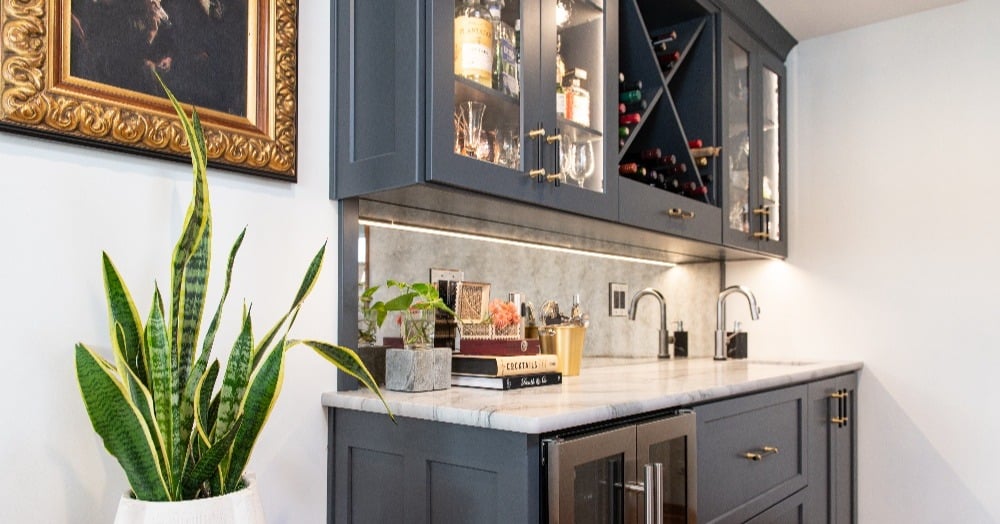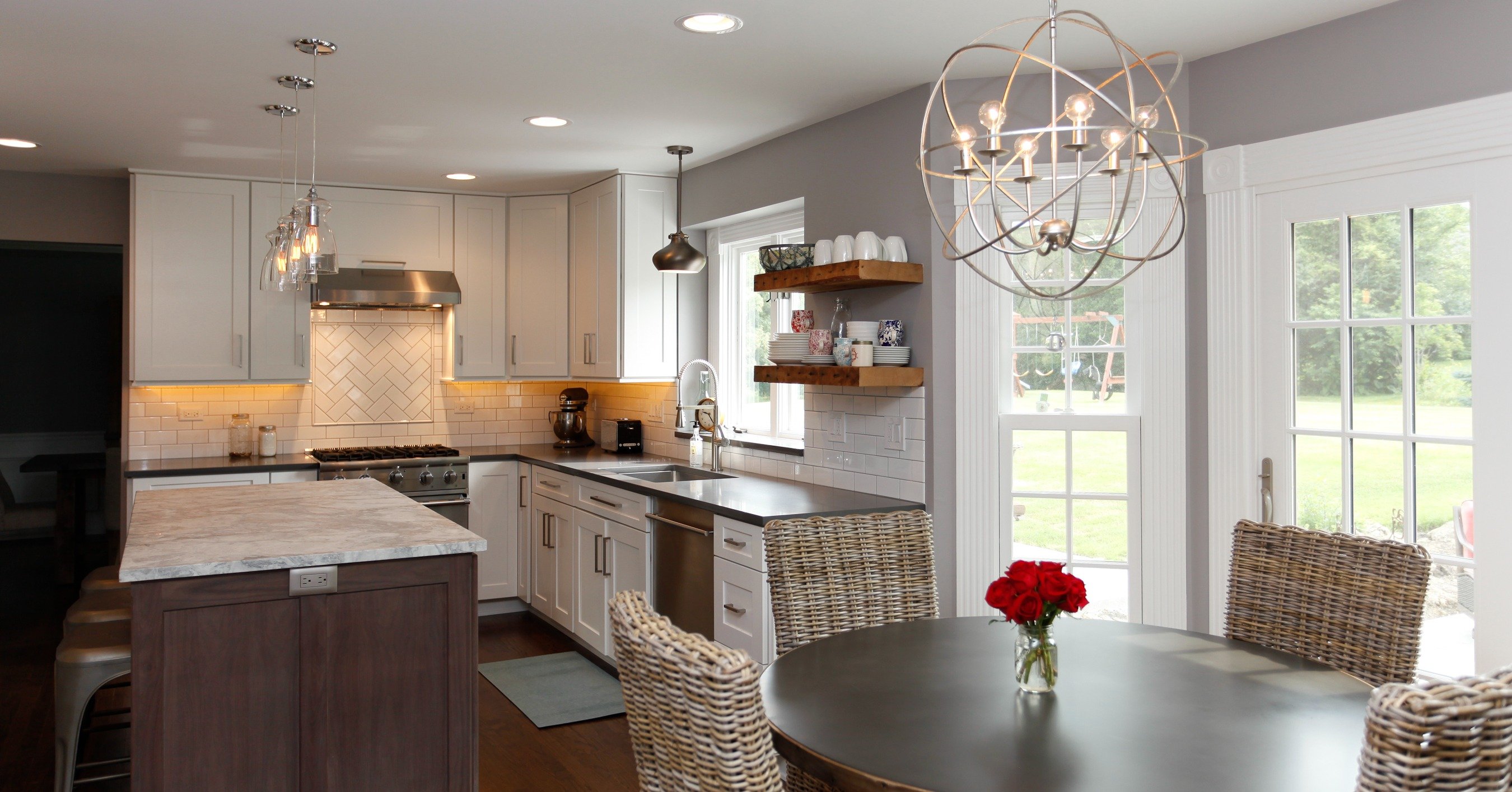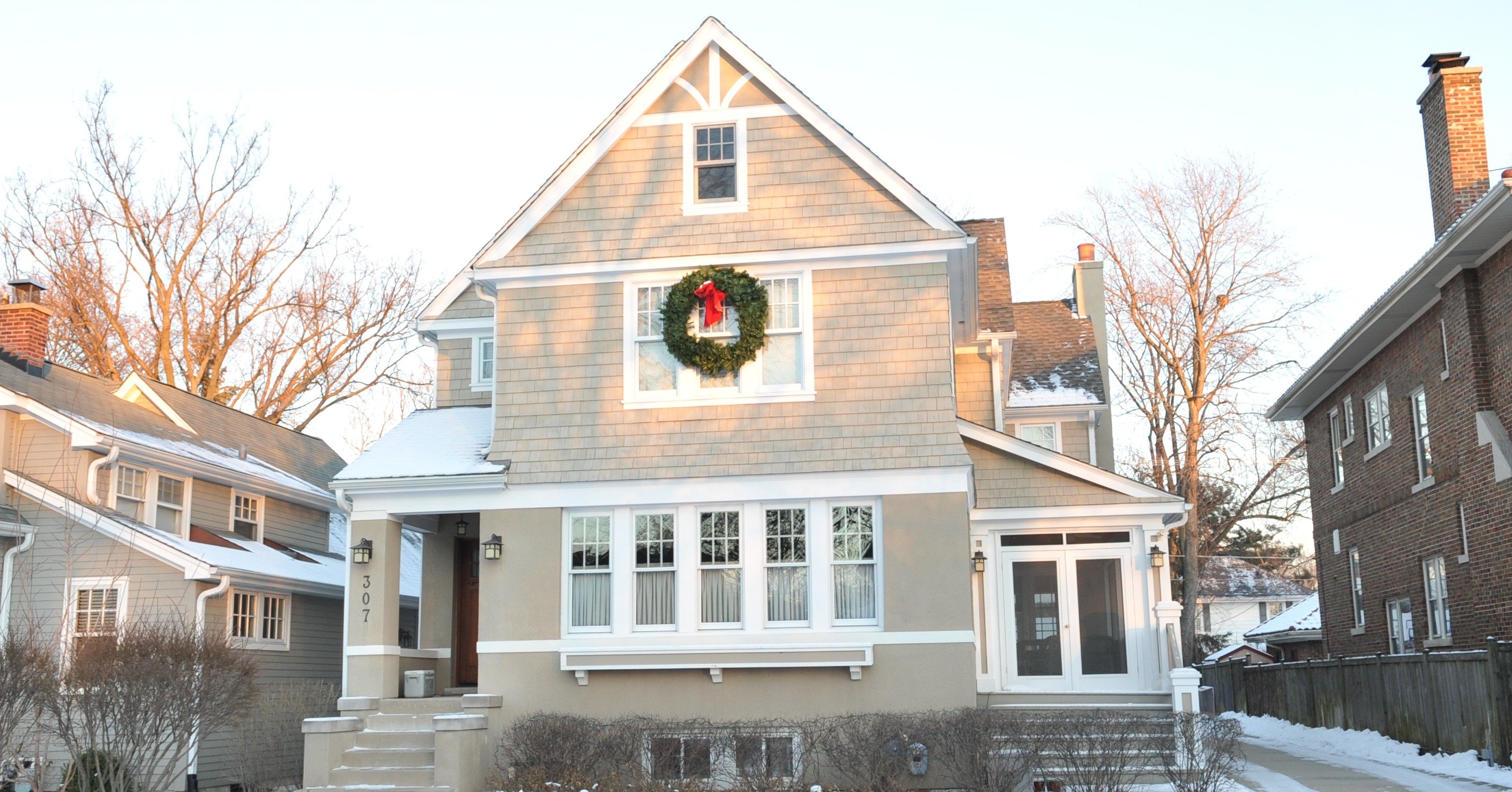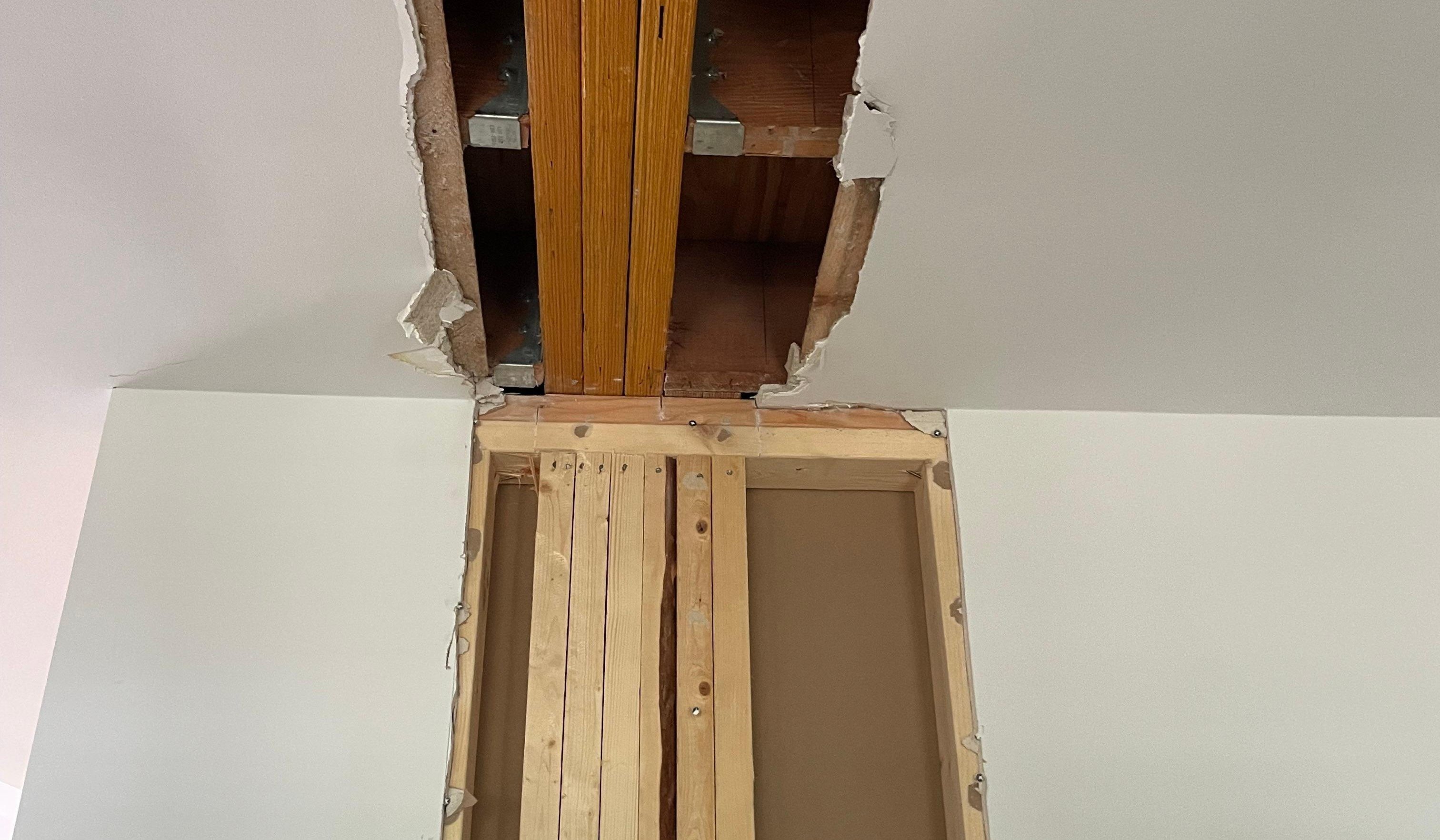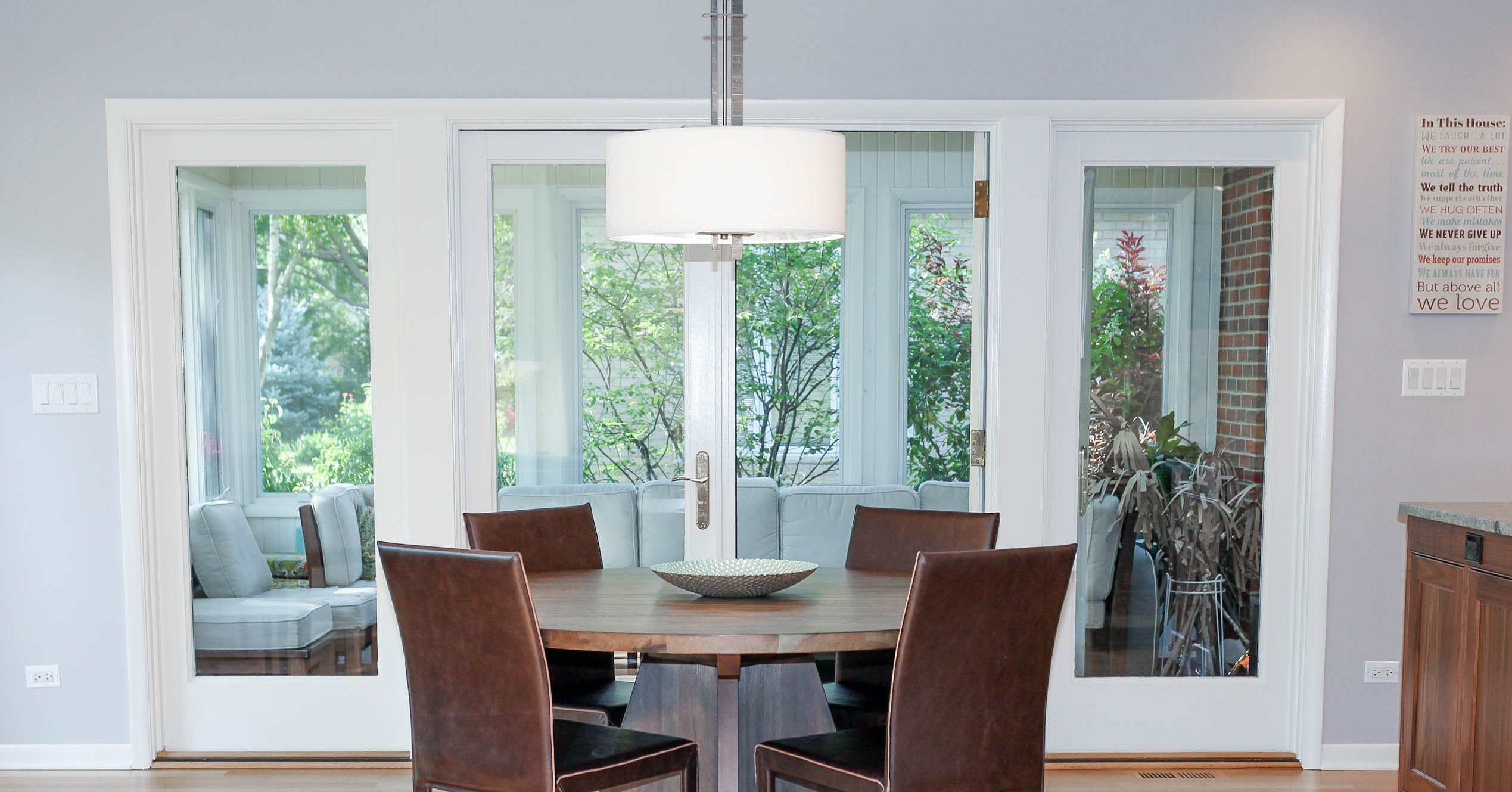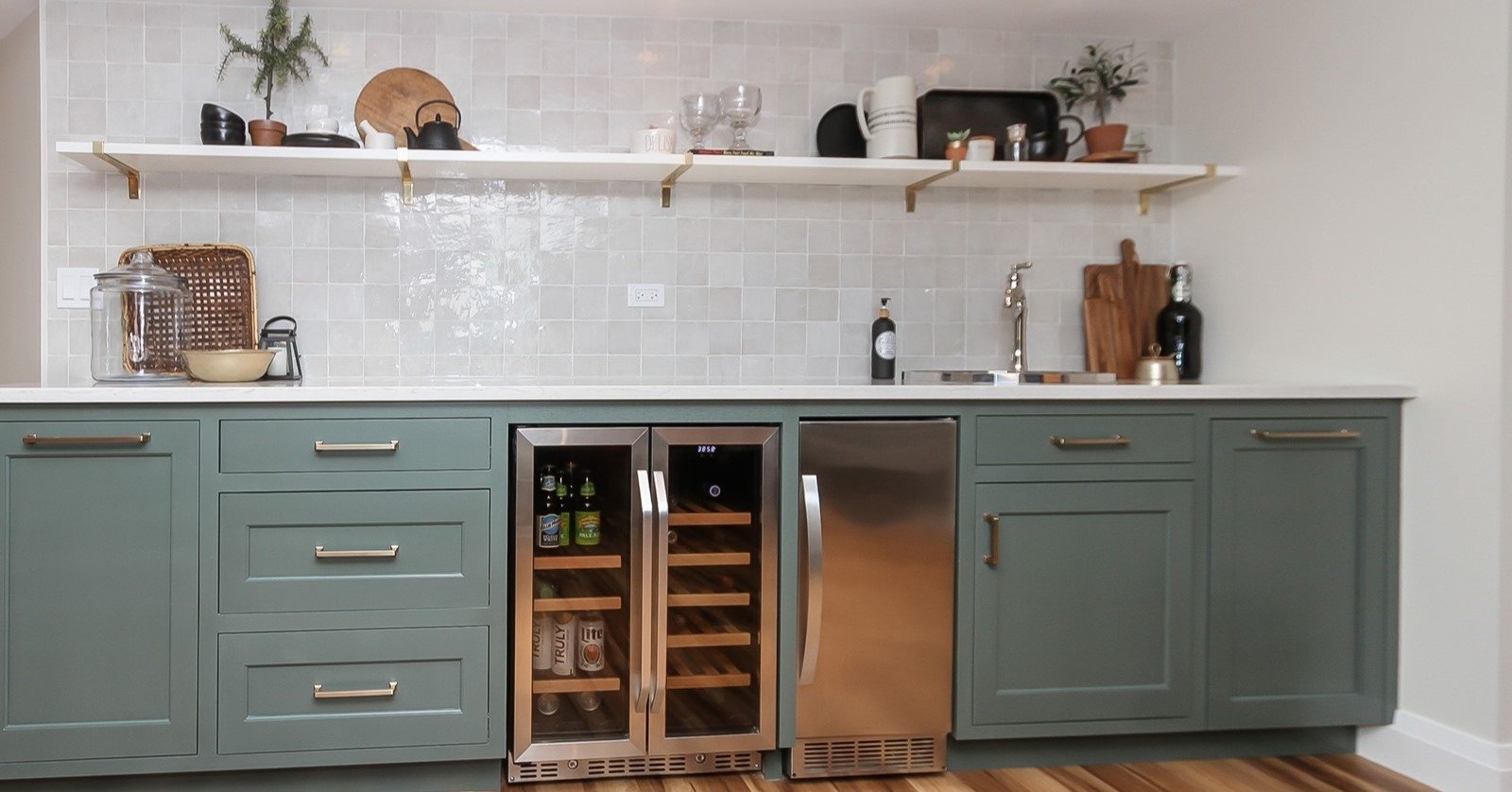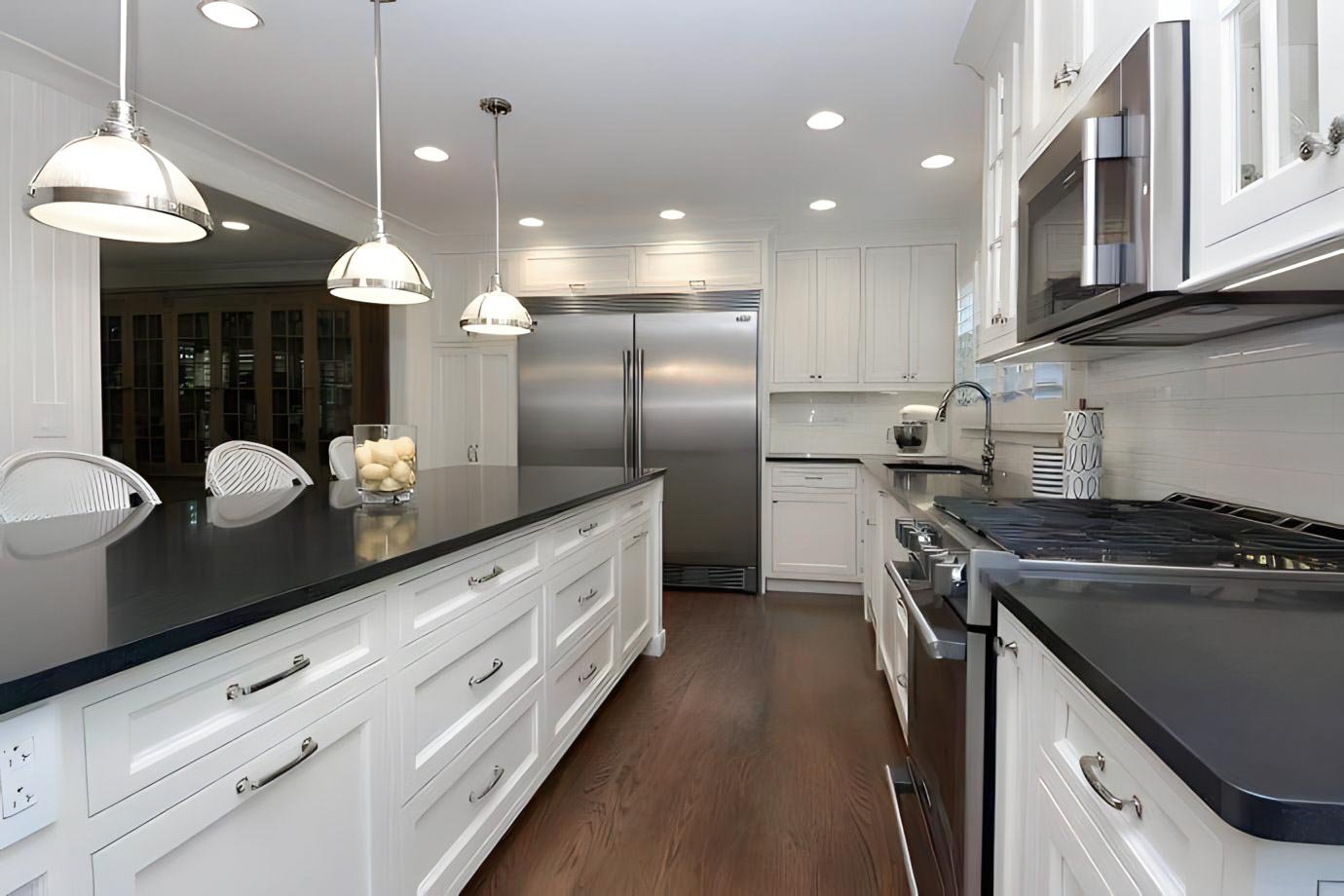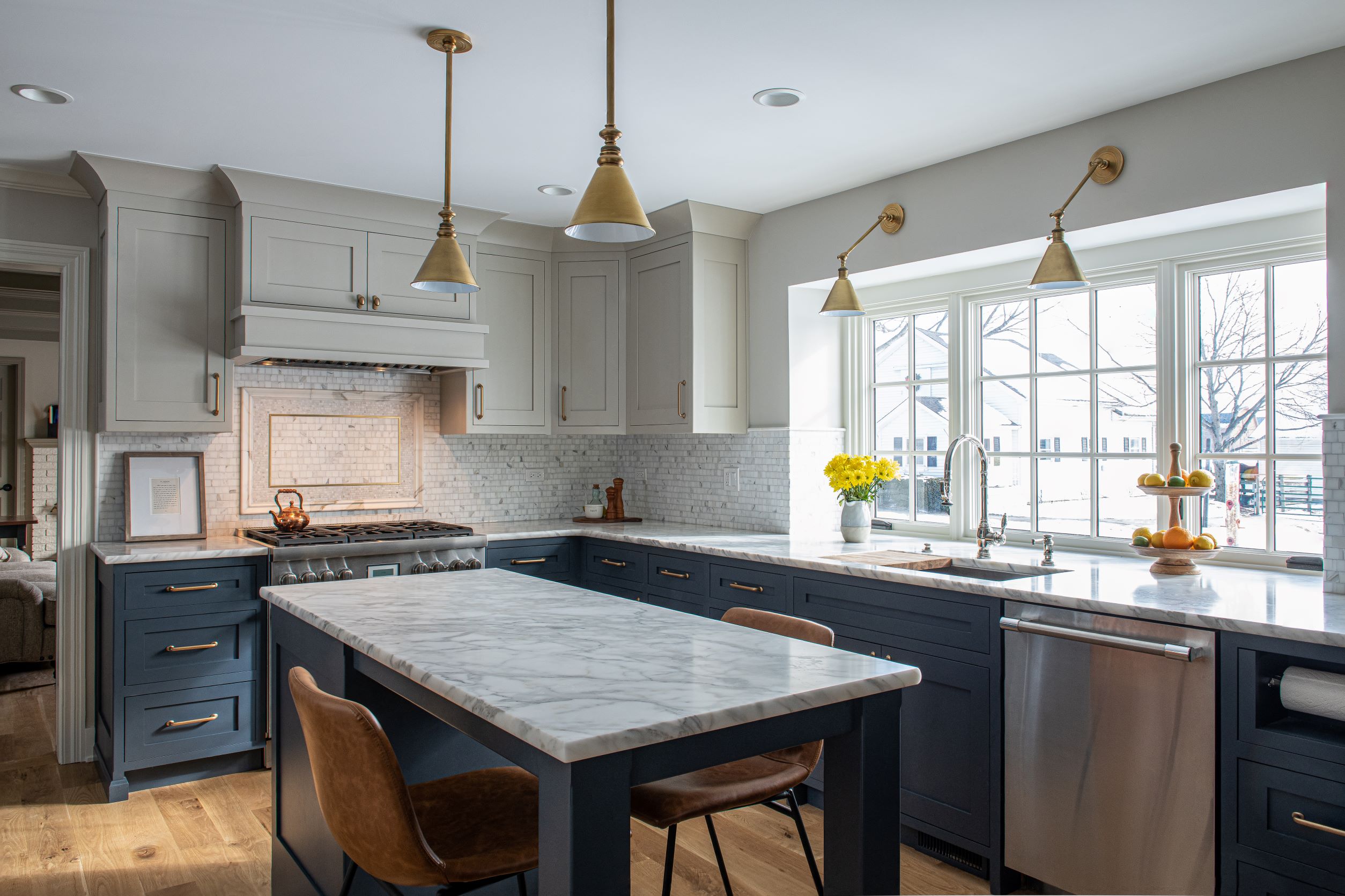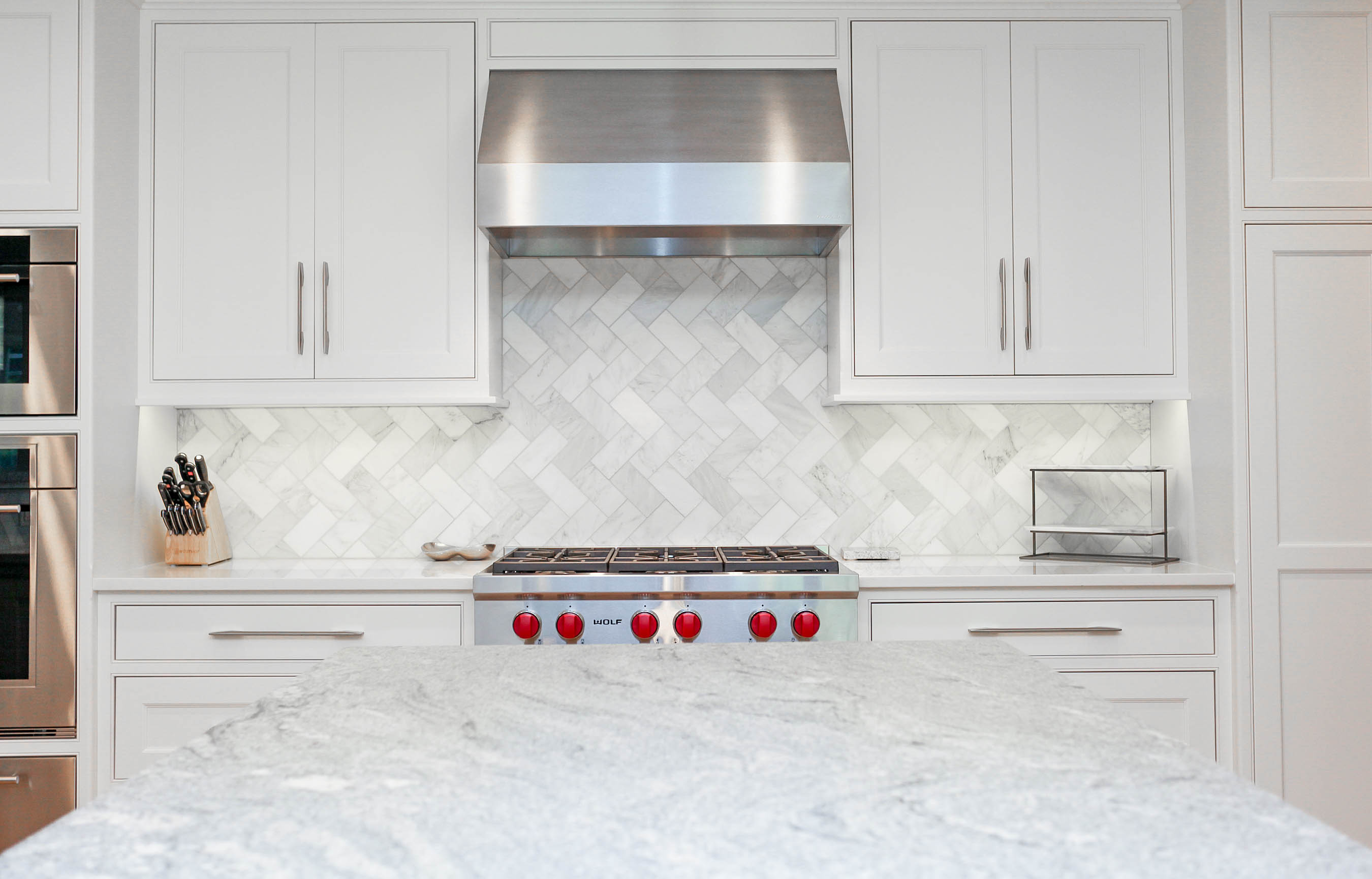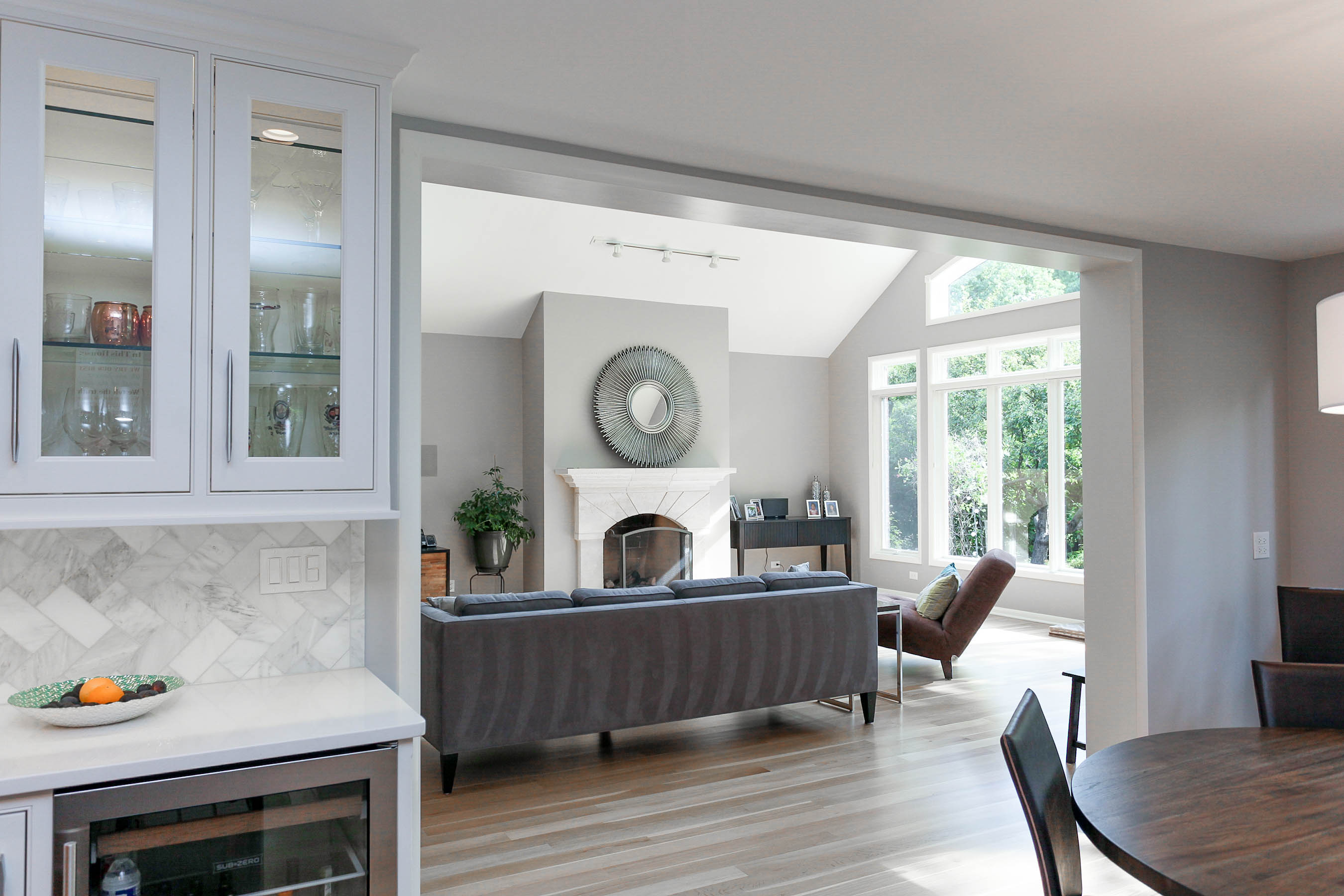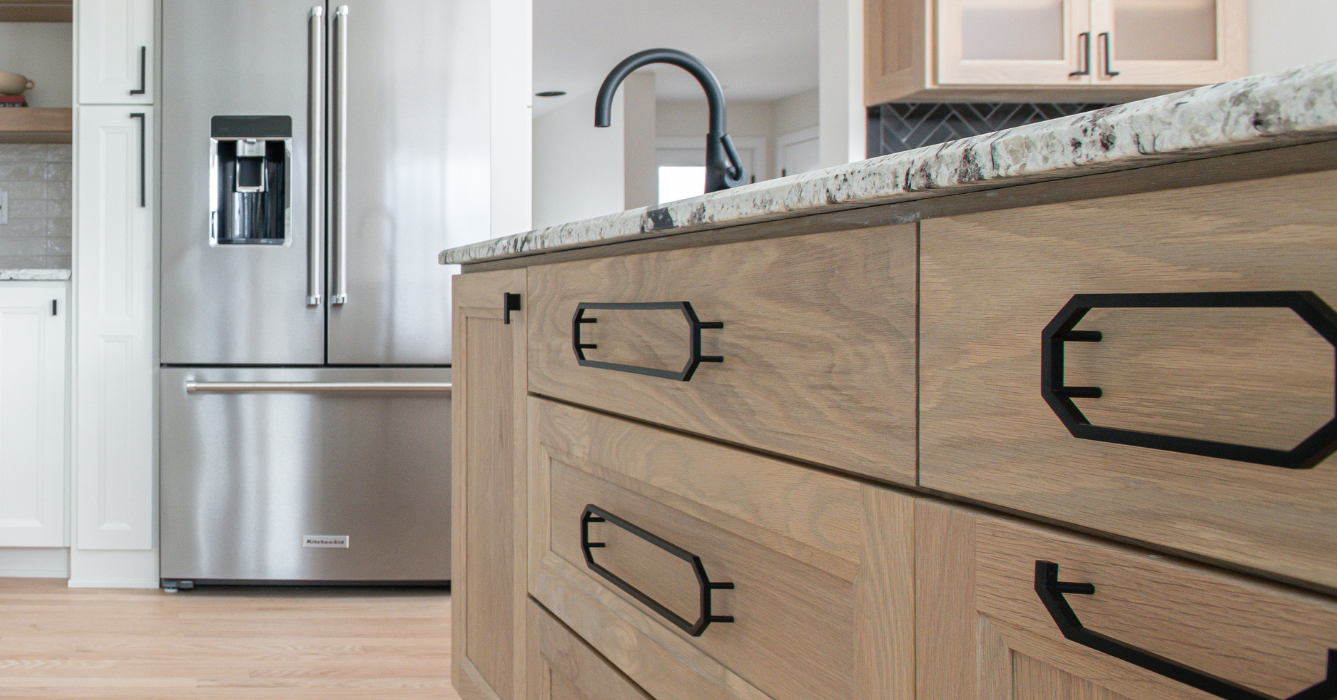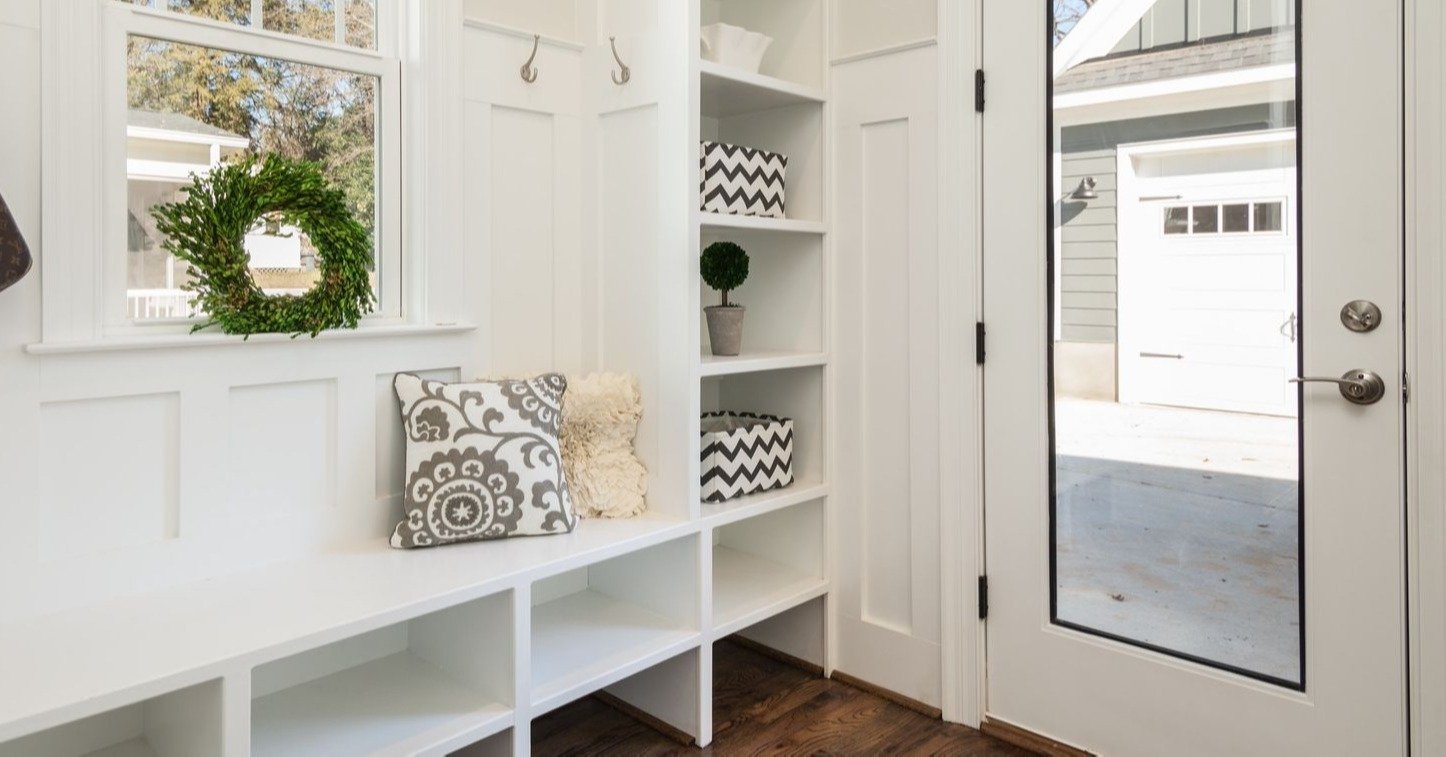Top Tips for Efficient Home Design: How to Maximize Efficiency in New Builds and Remodels
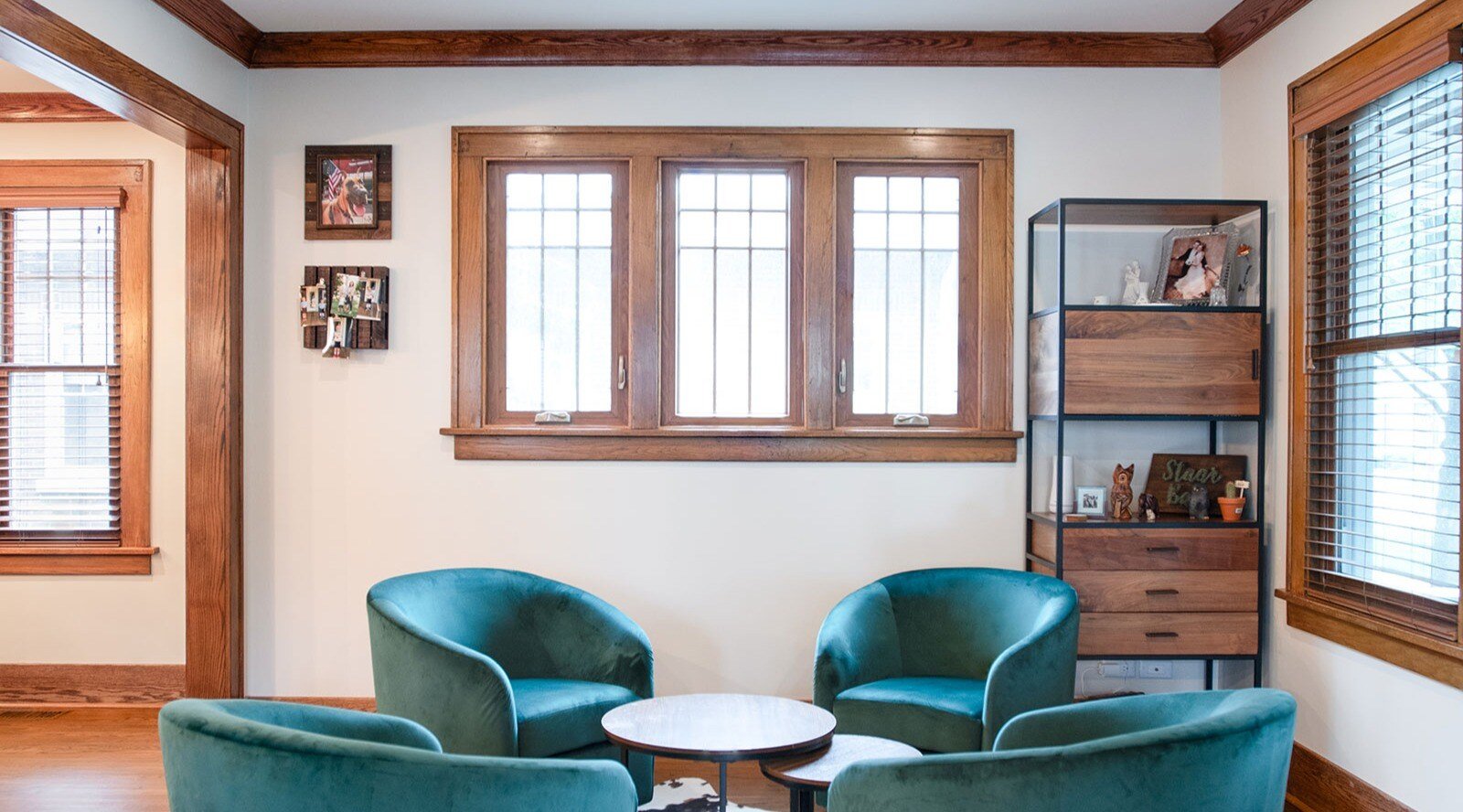
Listen to the Blog Post
Homeowners today want to make the most of their space, energy, and finances. Incorporating efficient design principles allows you to stretch resources further and enjoy smarter, more practical homes built for long-term functionality. Whether you’re building a new home or remodeling your current one, thoughtful planning can help you maximize every inch of your space and every dollar you spend.
Below, we’ve outlined tips and ideas—inspired by expert insights and our own experience—to help you design a home that works smarter, not harder.
Why Efficient Design Beats “Bigger”
Bigger isn’t always better when it comes to home design. Many homeowners assume they don’t have enough space, but often, we find that the real issue is that the space isn’t being used efficiently. A book we often reference and recommend homeowners read is Sarah Susanka’s "Not So Big House." Susanka's philosophy champions the idea of maximizing the potential of smaller spaces. With thoughtful design choices, any home can feel and function like a larger one.
3 General Strategies for Smarter Space:
Open-Concept Floor Plans: By removing unnecessary walls, open layouts allow spaces like the kitchen, dining, and living areas to flow seamlessly into each other. These connected spaces feel larger because they borrow light, functionality, and energy from one another.
High Ceilings and Natural Light: Taller ceilings and well-placed windows create an open and airy feel, enhancing the perception of space.
Multi-Purpose Spaces: Smart design combines multiple functions into one area. Think of a home office that doubles as a guest room, a built-in buffet that serves as a serving area during entertaining and doubles as additional storage space for kitchen appliances, or a command center serving as your family's hub for home organization.
Customize Storage to Fit Your Needs
Storage is a critical component of efficiency. Custom-built storage solutions allow you to make the most of every inch of your home, keeping clutter at bay and improving functionality. Unlike generic storage options, custom solutions are tailored to your lifestyle and space.
Ideas for Customized Storage:
Built-In Solutions: Whether it’s custom cabinetry, bookshelves, or entertainment centers, built-ins create a clean and streamlined look while maximizing every corner of your home. Use open shelving above cabinets to display decor or books, and incorporate closed storage below to hide everyday items.
Multi-Functional Storage: For rooms that serve double duty, consider features like Murphy beds, which fold away when not in use. A home office can include hidden storage for files, art supplies, and even a compact fridge for snacks, transforming seamlessly into a guest suite when needed.
Command Centers: These versatile spaces can be designed for multiple household uses. Command centers are usually added in or near the home’s main hub—the kitchen. They may include a homework station for kids, built-in and hidden file organization, and an organized drop zone where family members can neatly store items they bring home, such as bags, keys, and mail.
Utilize Nooks and Crannies: Often overlooked spaces—like under stairs, along hallway walls, or beneath windows—are perfect for built-in benches, cabinets, or shelves.
Use Natural Light to Your Advantage
Increasing natural light in your home is one of the simplest and most effective ways to enhance efficiency. Daylight not only brightens your space but also creates the illusion of larger rooms and reduces your reliance on artificial lighting.
Ideas for Incorporating More Natural Light:
Windows and Glass Doors: Strategically placed windows and sliding glass doors allow sunlight to flood into key areas of your home, making rooms feel open and inviting.
Skylights and Solar Tubes: For interior spaces without exterior walls, skylights or solar tubes can bring in natural light from above.
Reflective Surfaces: Use mirrors, light-colored walls, and glossy finishes to bounce light throughout a room, amplifying its brightness.
Natural light also contributes to energy efficiency. During the day, take full advantage of sunlight to reduce the need for artificial lighting. In the evening, swap out traditional bulbs for energy-efficient options like LED or compact fluorescents to save on electricity costs.
Invest in Energy-Efficient Home Design: Systems and Appliances
Efficiency extends beyond the design of your space to the systems and appliances that power your home. By investing in energy-efficient home options, you’ll reduce your energy use and environmental impact and enjoy significant savings on energy bills.
Energy-Efficient House Upgrades to Consider:
Make Every Inch of Your Home Count: One of the most efficient ways to ensure energy efficiency is to redesign and/or build a home appropriately sized to fit your specific needs. Instead of constructing a larger house with unused or inefficiently utilized space, focus on creating a home that maximizes every square inch. Smaller homes naturally require less energy to heat, cool, and maintain, reducing energy consumption and environmental impact while also lowering utility costs.
Upgrade Insulation: Improve attic, wall, and basement insulation to maintain consistent indoor temperatures. Consider using spray foam, cellulose, or fiberglass insulation for better efficiency.
Install Energy-Efficient Windows and doors: Replace single-pane windows with double—or triple-pane options. Opt for low-emissivity (Low-E) glass to reduce heat loss in winter and block heat in summer. Replace old, uninsulated exterior doors with energy-efficient, insulated options to prevent heat transfer.
HVAC Systems: High-performance, energy-efficient heating and cooling systems keep your home comfortable year-round while reducing energy consumption. Consider installing a heat pump in your HVAC system, which efficiently provides both heating and cooling by transferring heat instead of generating it. Using a refrigerant and compressor, it moves heat between indoor and outdoor spaces, making it a more energy-efficient alternative to traditional furnaces and air conditioners.
Install a Smart Thermostat: Swap out your old thermostat for a smart, programmable one that automatically adjusts temperatures to save energy when you’re away or asleep.
Tankless Water Heaters: These systems heat water on demand, eliminating the need to store and constantly heat large amounts of water, saving energy usage and money.
Energy-Efficient Appliances: From refrigerators to ovens and dishwashers, ENERGY STAR-rated appliances use less energy while still delivering top-notch performance.
Switch to LED Lighting: An easy and quick upgrade that doesn’t require a home remodel is replacing incandescent bulbs with energy-efficient LED bulbs, which consume up to 90% less energy.
Upgrade to Low-Flow Plumbing Fixtures: Install low-flow showerheads, faucets, and toilets to reduce water usage and the energy needed to heat water.
Design a Home That Works for You
True efficiency lies in letting your home do the heavy lifting for you. By focusing on smart house design, customized storage, natural light, and energy-efficient systems, you can create a home that supports your lifestyle, conserves resources, and saves you money over time.
Whether you’re looking to build from the ground up or remodel your current space, partnering with a design-build firm that prioritizes thoughtful design choices can help you maximize efficiency, get the most ROI from your home improvement project, and achieve a home that truly meets your needs.
Ready to get started? Download the eBook to learn more about how to bring your vision to life with thoughtful, efficient design: "The Ultimate Step-by-Step Home Renovation Transformation Guide."






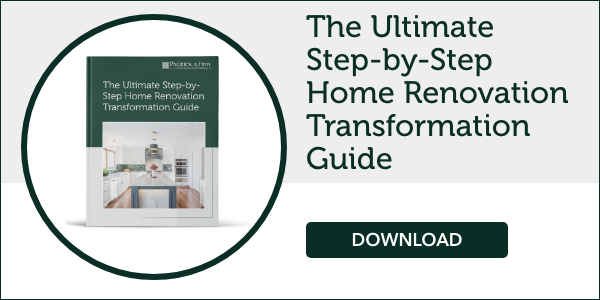
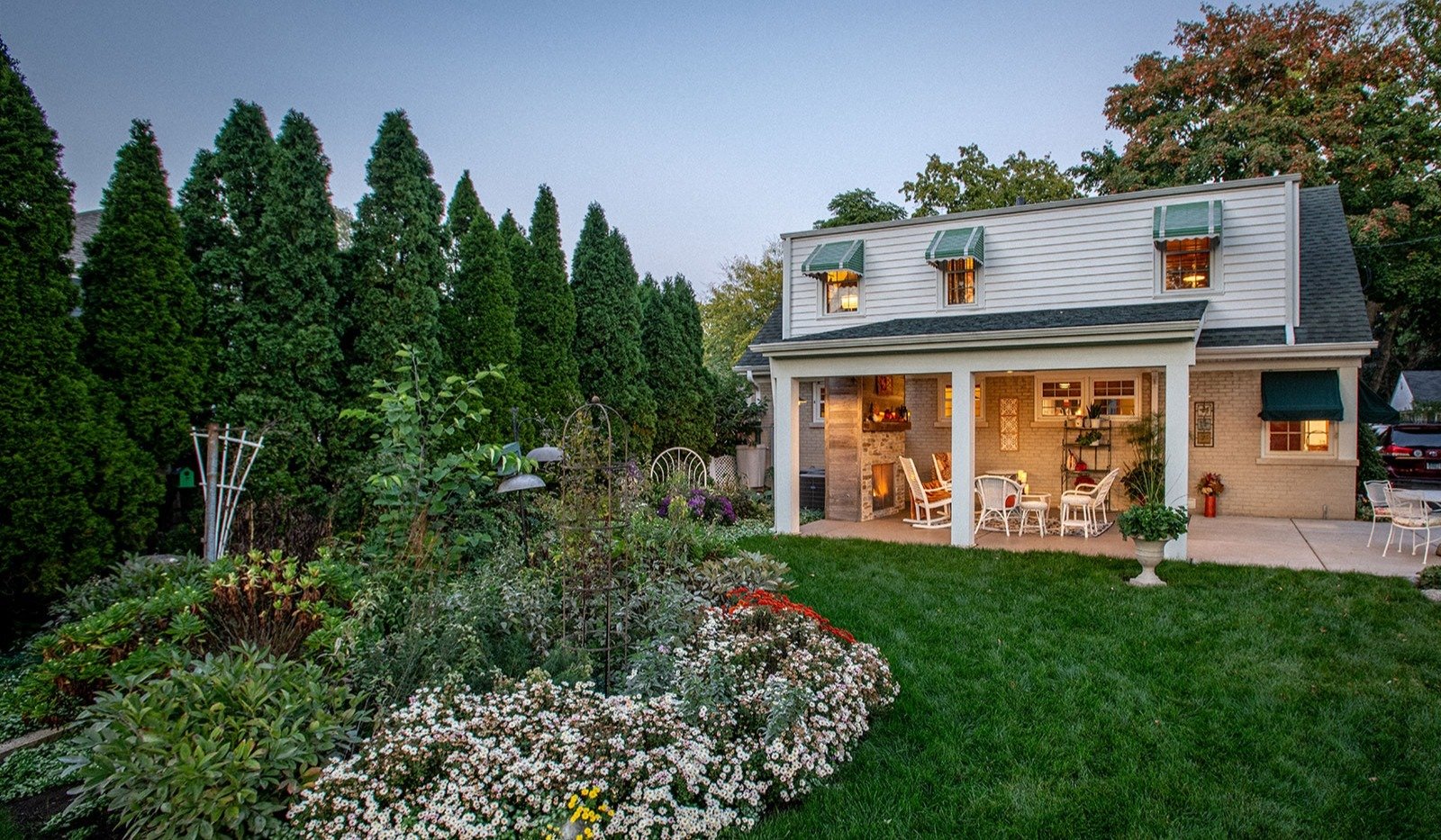
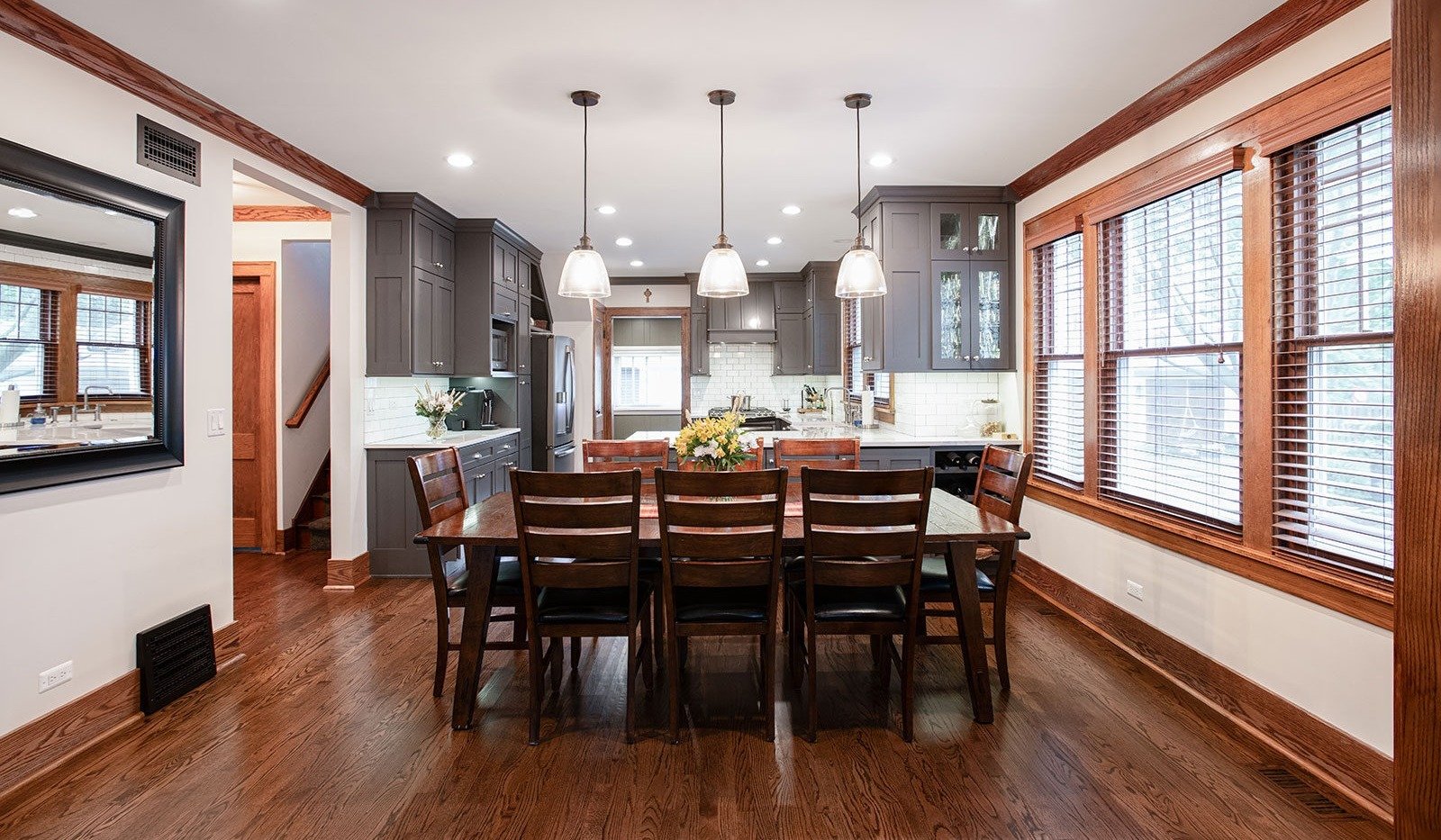

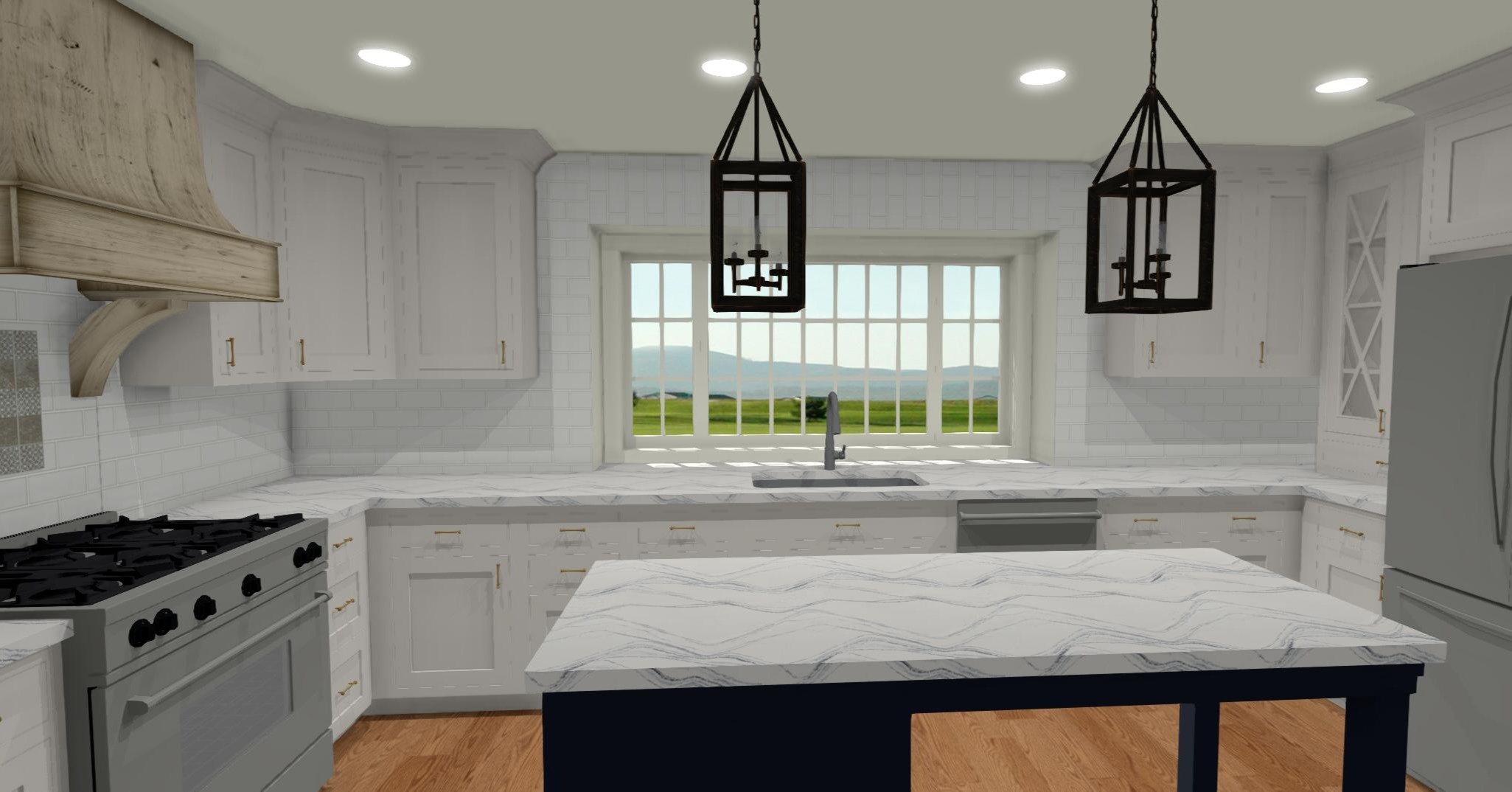
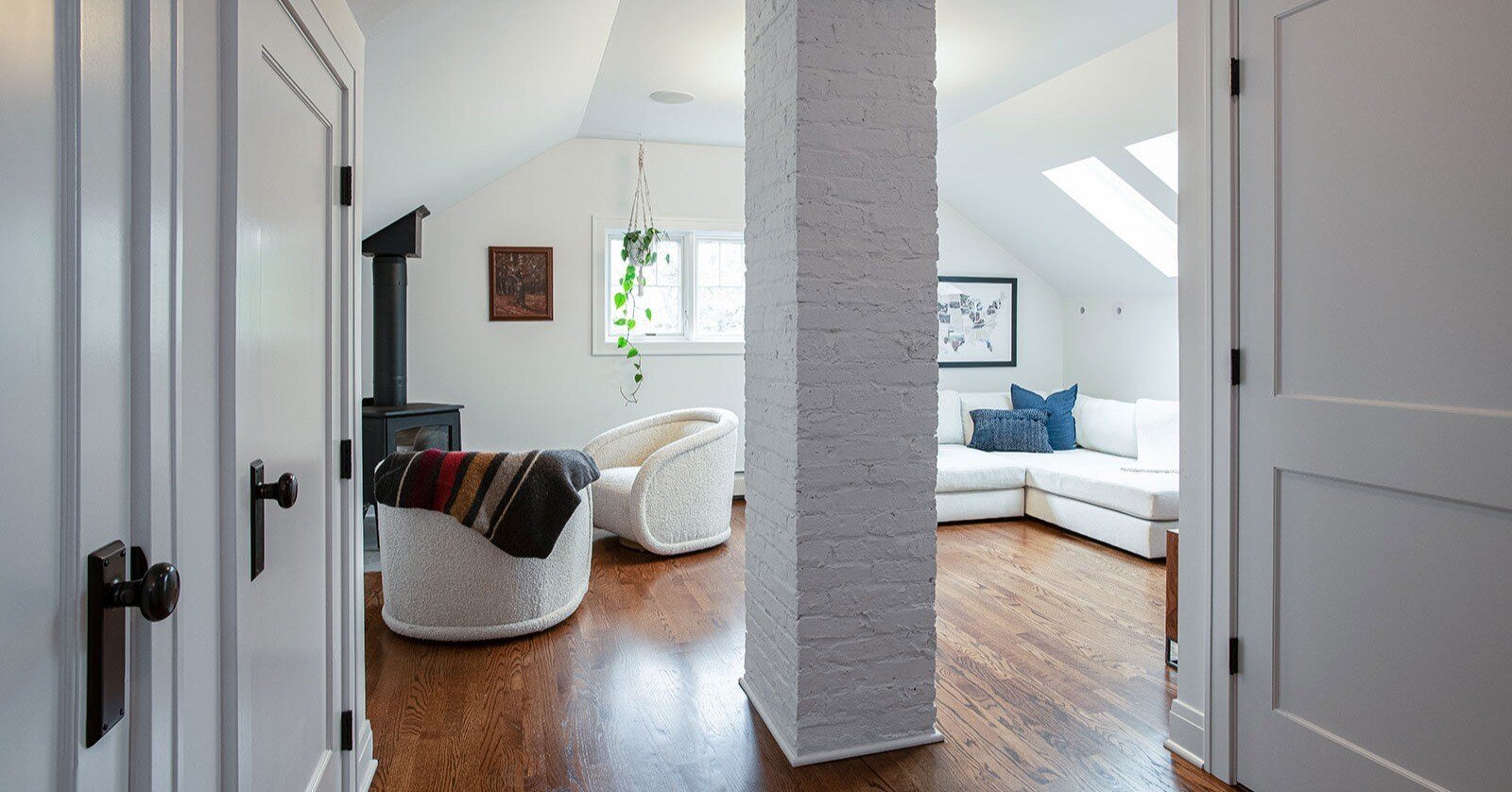
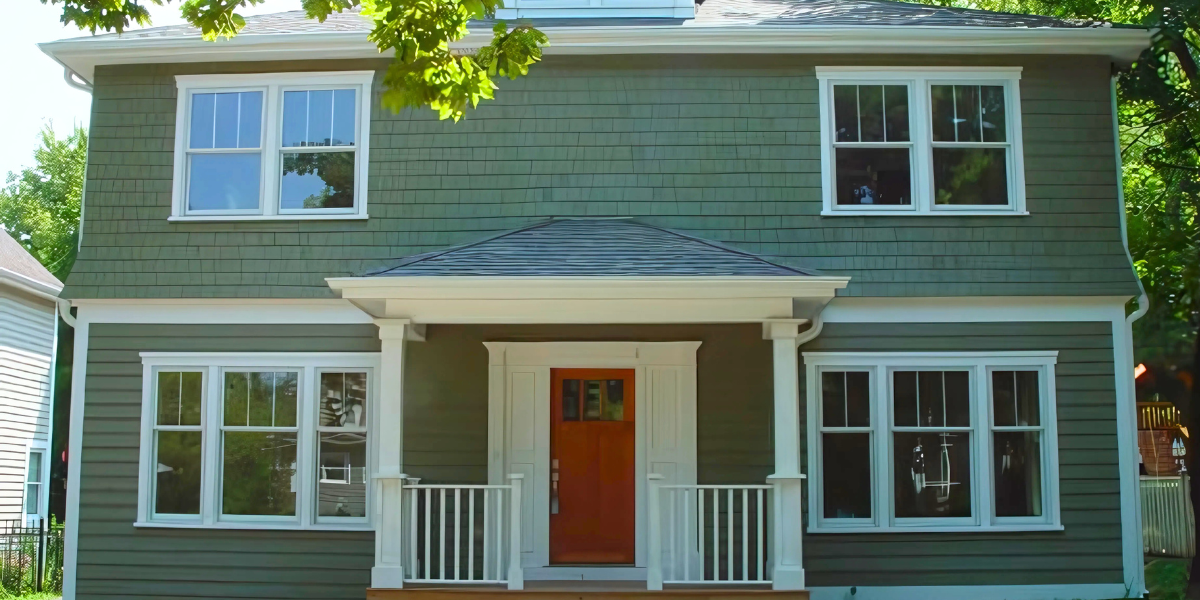
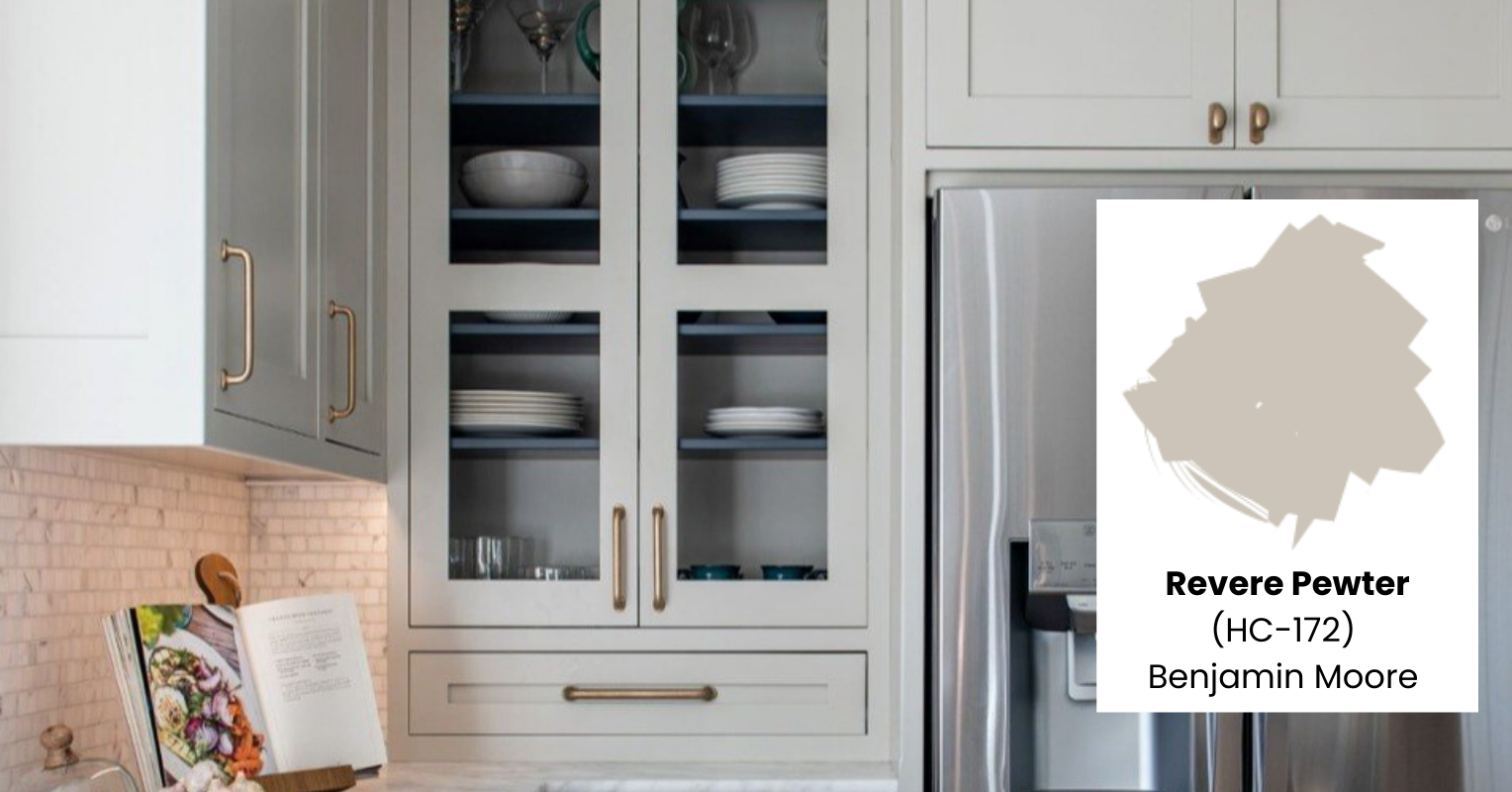
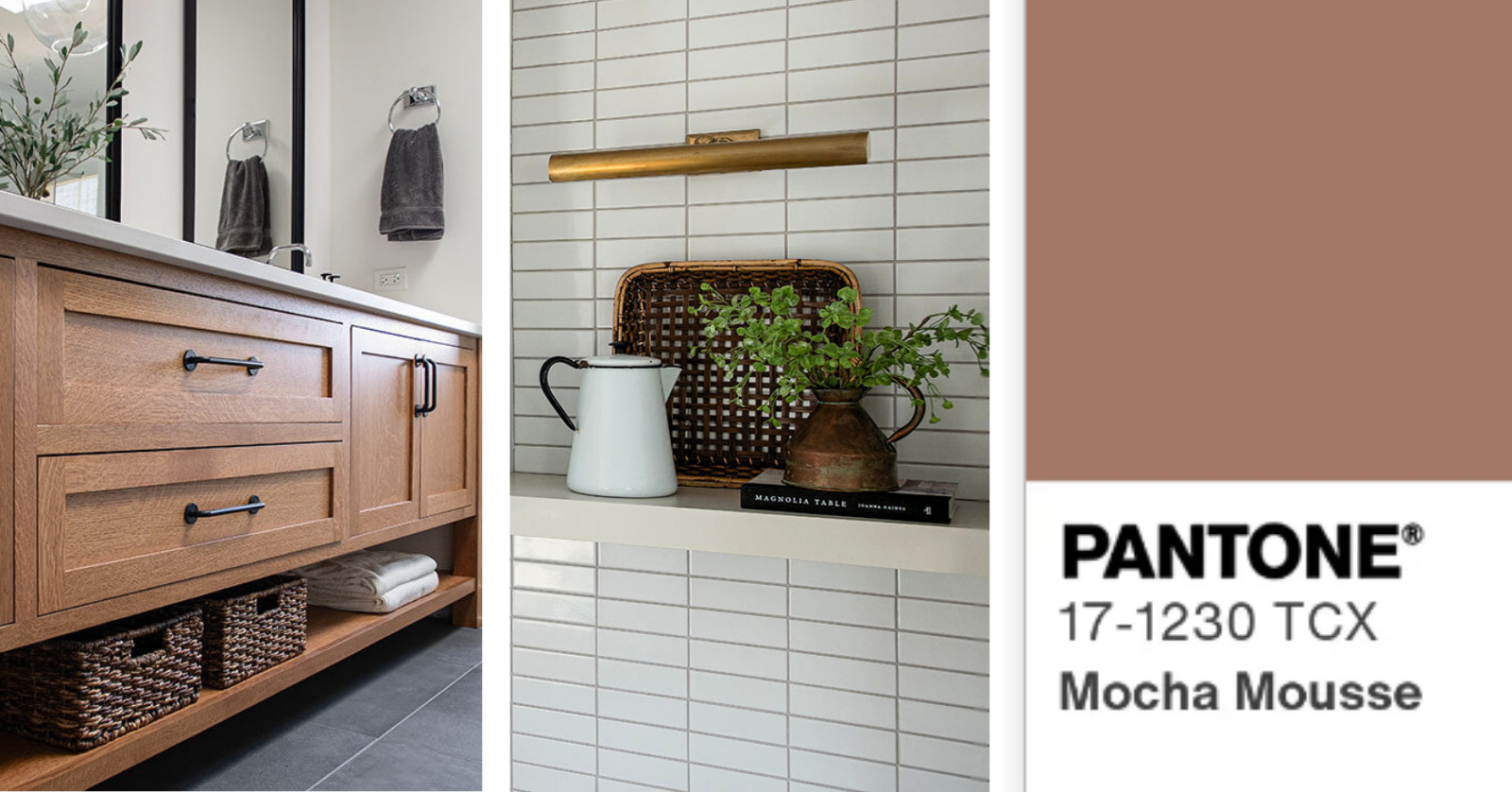
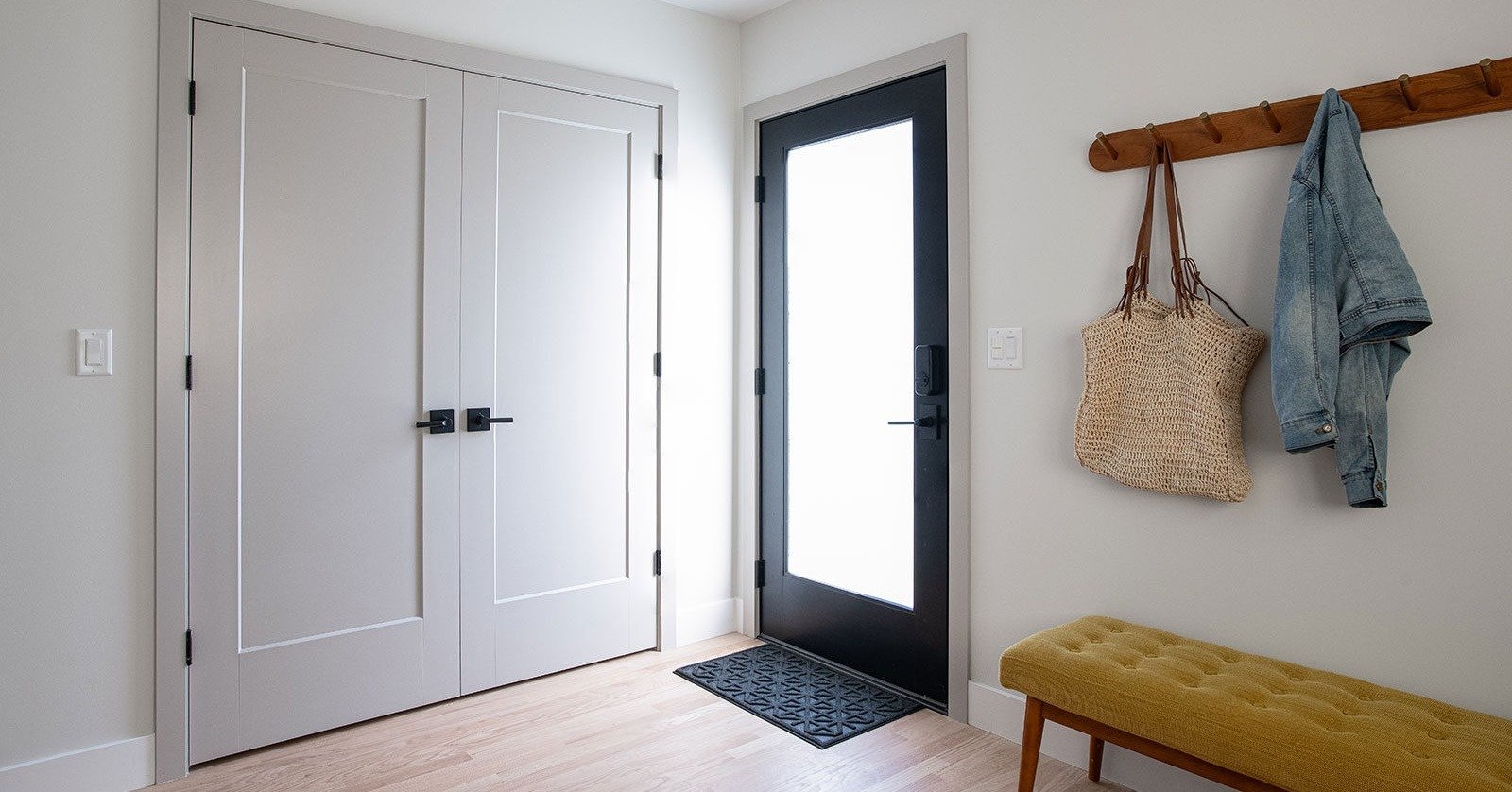


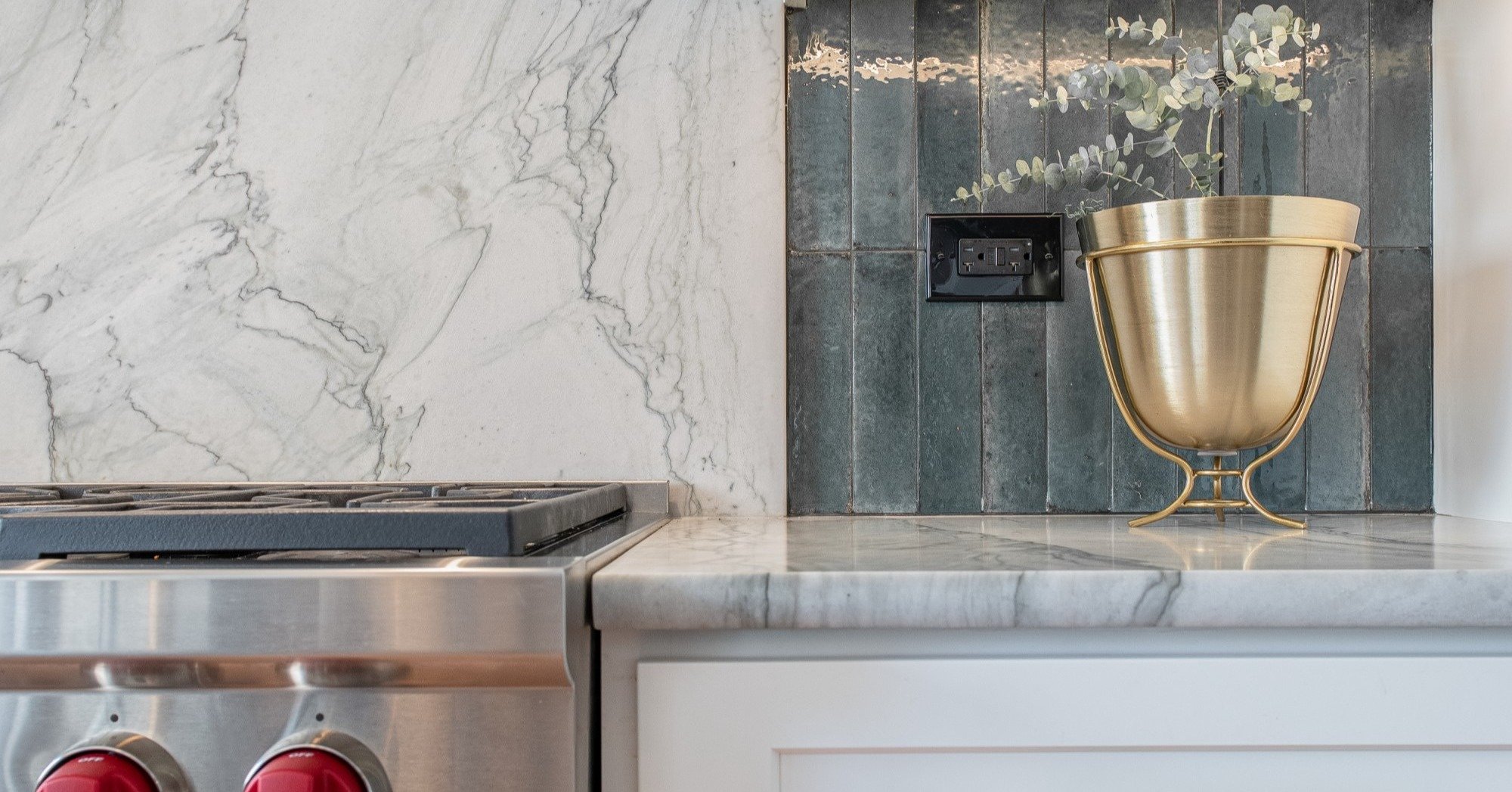
![How to Design an Open Floor Plan for Entertaining: Key Considerations [+Tips]](https://www.patrickafinn.com/hubfs/images/portfolio/Transitional%20First%20Floor%20Renovation/Arlington-heights-open-floor-concept-1.jpeg)
